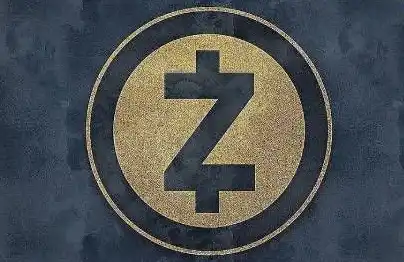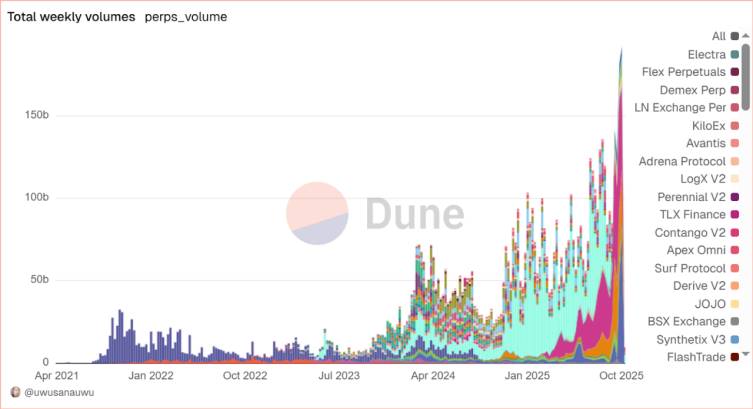Balancer DeFi protocol faces potential $128 million exploitation.
- The DeFi Balancer protocol logs suspicious asset outflows.
- Vulnerability in smart contracts may be at the core of the attack.
- The amount withdrawn exceeds US$100 million, generating alarm in the cryptocurrency sector.
The Balancer protocol, an automated DEX built on the Ethereum network and quite active in liquidity markets and self-balancing pools, appears to have been the victim of a massive exploit. On-chain data reveals that more than US$128,6 million was withdrawn from its coffers, according to the blockchain security firm PeckShield.
Update: @Balancer and its forks are under attack, with total losses across multiple chains reaching ~$128.64M so far. https://t.co/67XGX5RcRR pic.twitter.com/FIwx20ALSz
—PeckShieldAlert (@PeckShieldAlert) November 3, 2025
The records show large and unusual transfers originating from the Balancer address “0xBA1…BF2C8” to an external wallet. Among the assets moved are approximately 6.587 WETH (~US$24,5 million), 6.851 osETH (~US$26,9 million), and 4.260 wstETH (~US$19,3 million) — suggesting that tens of millions of dollars were extracted from the protocol's pools.
The Balancer team confirmed the incident via the X network, stating that they are “aware of a potential vulnerability affecting Balancer v2 pools.” They further stated that engineering and security teams are investigating with top priority and will “share verified updates and next steps as soon as we have more information.”
We're aware of a potential exploit impacting Balancer v2 pools.
Our engineering and security teams are investigating with high priority.
We'll share verified updates and next steps as soon as we have more information.
—Balancer (@Balancer) November 3, 2025
Experts also commented on the case. Mikko Ohtamaa, CEO and co-founder of Trading Strategy, pointed out that "initial analyses indicate a flaw in smart contract verification as the likely root cause." He added that not all versions of v2 appear to be affected, but that "losses could exceed $100 million if older versions of v2 share the same vulnerability." PeckShield also reported that the attack is ongoing across several networks where Balancer is deployed.
During the surge in withdrawals, an investor who had been inactive for over three years withdrew approximately US$6,5 million from the platform, according to Lookonchain data cited by on-chain analysts. The incident reignites the debate about the risks to DeFi protocols, even when audited, and how vulnerabilities in smart contracts can affect multiple chains simultaneously.
The vulnerability compromises the integrity of Balancer's central liquidity and could have broader impacts on the crypto-asset ecosystem, as analysts monitor whether the funds will be recovered or if there will be regulatory repercussions for similar protocols.
Disclaimer: The content of this article solely reflects the author's opinion and does not represent the platform in any capacity. This article is not intended to serve as a reference for making investment decisions.
You may also like
Galaxy Research Report: What Is Driving the Surge in Zcash, the Doomsday Vehicle?
Regardless of whether ZEC's strong price momentum can be sustained, this market rotation has already succeeded in forcing the market to reassess the value of privacy.

Soros predicts an AI bubble: We live in a self-fulfilling market
When the market starts to "speak": an earnings report experiment and a trillion-dollar AI prophecy.

Soros predicts an AI bubble: We live in a self-fulfilling market
The article uses Brian Armstrong's behavior during the Coinbase earnings call to vividly illustrate George Soros' "reflexivity theory," which posits that market prices can influence the actual value of assets. The article further explores how financial markets actively shape reality, using examples such as the corporate conglomerate boom, the 2008 financial crisis, and the current artificial intelligence bubble to explain the workings of feedback loops and their potential risks. Summary generated by Mars AI This summary was generated by the Mars AI model, and the accuracy and completeness of its content are still being iteratively improved.

In-depth Research Report on Perp DEX: Comprehensive Upgrade from Technological Breakthroughs to Ecosystem Competition
The Perp DEX sector has successfully passed the technology validation period and entered a new phase of ecosystem and model competition.

